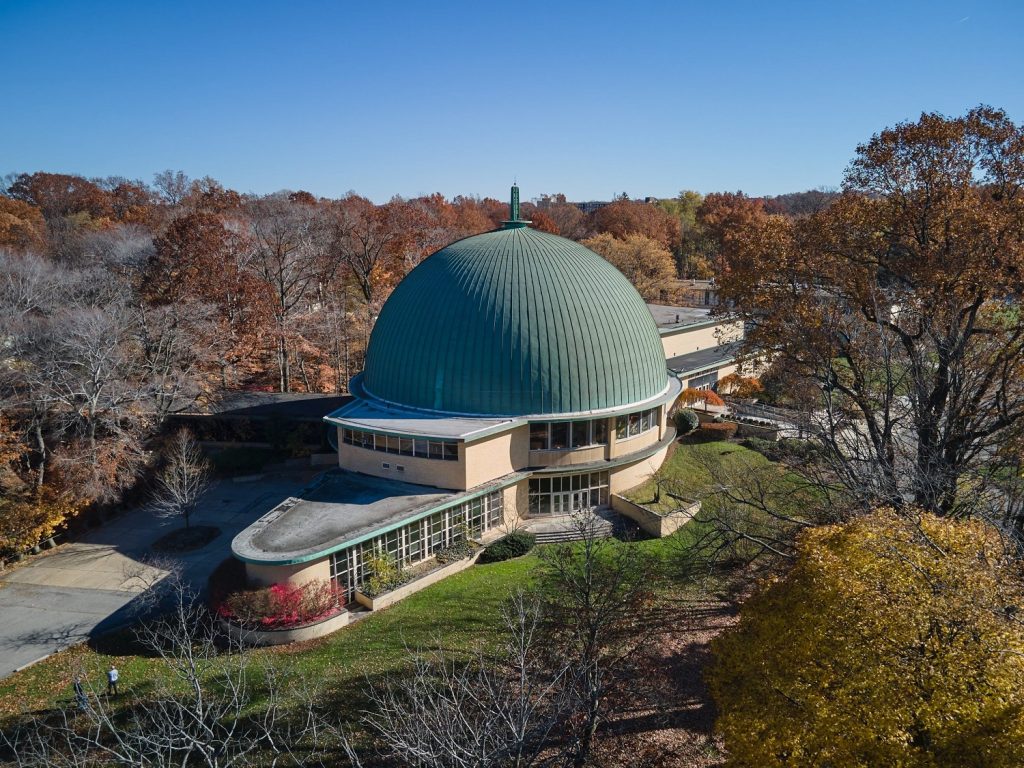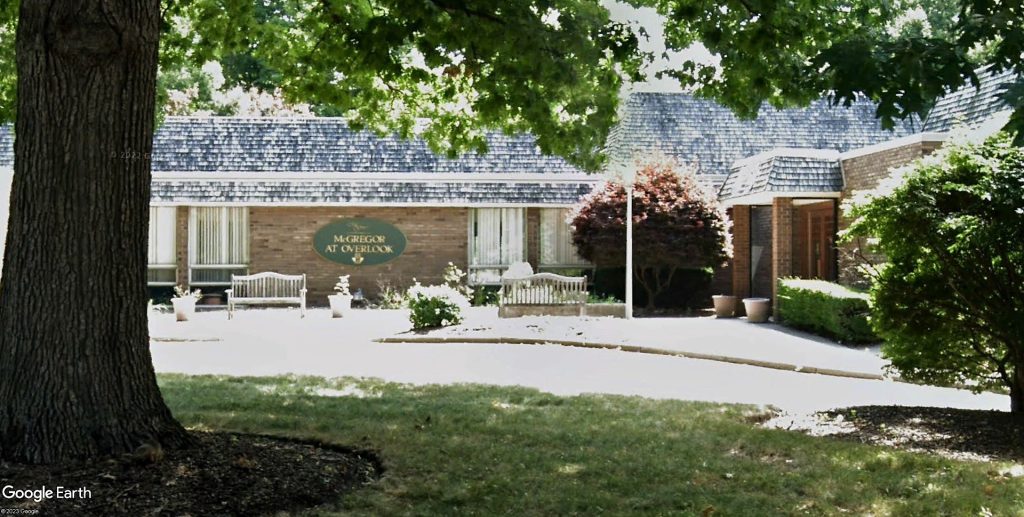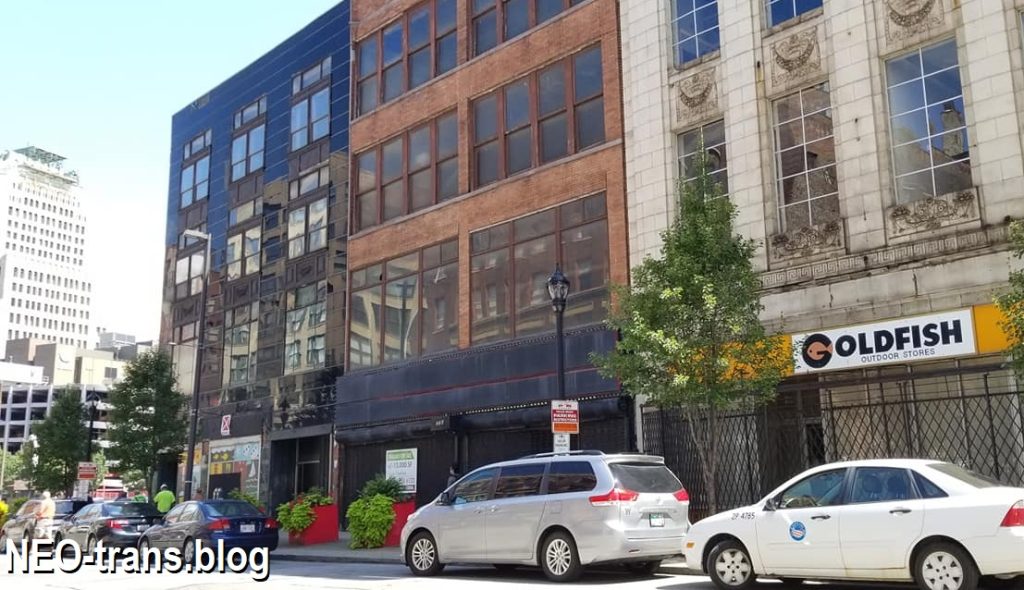
The middle building is 300 Prospect Ave., the former Record Rendezvous building that won an historic tax credit award today from the state to aid in its rehabilitation. The former record store and its founder Leo Mintz are prominent in the history of rock-and-roll music. However, it’s not yet known if a recreated Record Rendezvous store will be part of its post-rehab future (KJP). CLICK IMAGES TO ENLARGE THEM.
Ohio awards $67.5M to 46 projects statewide
An historic building in Downtown Cleveland that housed Record Rendezvous, where the term “rock and roll” was reportedly first used to describe the genre, was awarded tax credits to aid in its restoration. It was among dozens of historic buildings across the state that were awarded credits today by the Ohio Department of Development.
In total, 46 projects involving the renovation of 54 buildings will be awarded $67,517,474 in tax credits as part of the Ohio Historic Preservation Tax Credit program. The projects are also expected to leverage approximately $732 million in private investments, according to a written statement released publicly by state officials.
Greater Cleveland award winners are:
Record Rendezvous (Cleveland)
Total Project Cost: $1,606,935
Total Tax Credit: $250,000
Address: 300 Prospect Ave. E., Cleveland, OH 44115
Located in downtown Cleveland, this commercial building dates to around 1908. “Record Rendezvous” occupied the building from the 1940s to 1980s. The company played an important role in Cleveland’s rock music history. Rehabilitation work will repair the building’s masonry, windows, and storefront as well as all of the building’s systems so that it can once again host a commercial tenant.
McCrory/Frederick/Graves Bldgs. (Cleveland)
Total Project Cost: $3,473,266
Total Tax Credit: $250,000
Address: 2041-2071 E. 4th St., Cleveland, OH 44115
This project is located in downtown Cleveland’s Fourth Street Corridor commercial district and includes three adjacent buildings. It was rehabbed in a tax credit project around 20 years ago and will undergo a sensitive rehabilitation to update the interiors of the 35 apartments and common areas within. Building systems will be upgraded to meet new energy efficiency standards.
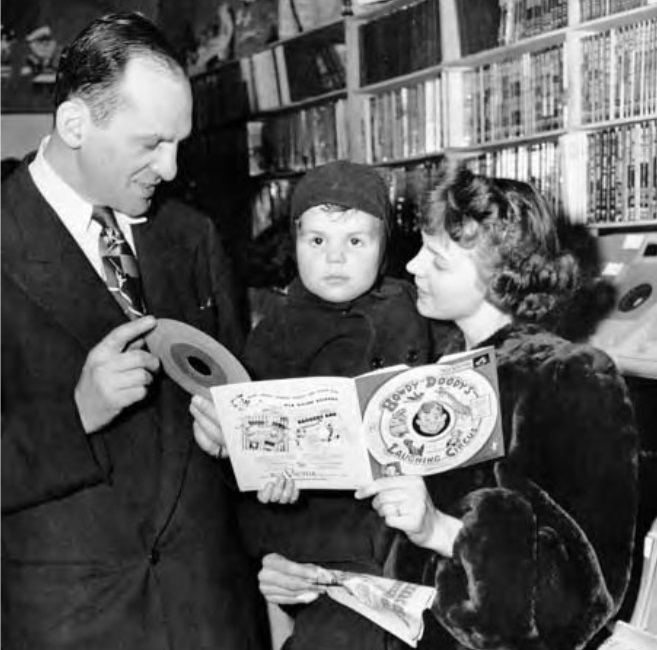
Leo Mintz, left, owned Record Rendezvous from 1938 until 1976. The store relocated in 1945 to 300 Prospect Ave. in Downtown Cleveland where it remained in business until 1987. The store is one of first places in the world where rock-and-roll records could be purchased. Mintz convinced Cleveland DJ Alan Freed to play a rock-and-roll song on his radio show in 1949. Freed and Record Rendezvous sponsored the first rock concert in 1952 and helped rock musicians get publicity, This photo is from 1951 (Cleveland Press Collection).
Commercial Building (Cleveland)
Total Project Cost: $3,495,100
Total Tax Credit: $250,000
Address: 2056 E. 4th St., Cleveland, OH 44115
This project is located in downtown Cleveland’s Fourth Street Corridor commercial district. It was rehabbed in a tax credit project around 20 years ago and will undergo a sensitive rehabilitation to update the interiors of the 35 apartments and common areas within. Building systems will be upgraded to meet new energy efficiency
standards.
Heller-Keller-Kohn Buildings (Cleveland)
Total Project Cost: $50,023,763
Total Tax Credit: $4,000,000
Address: 2202-10, 2212-30 Superior Ave., Cleveland, OH 44114
This project is comprised of two former industrial buildings east of downtown Cleveland: the Heller Building and the Keller-Kohn Building. Both were once associated with the area’s textile industry; they housed manufacturing operations until the latter part of the 20th century. The rehabilitation plan calls for the buildings to be converted into 134 residential units, parking, and some commercial spaces on the first floor.
St. Mark’s Presbyterian Church (Cleveland)
Total Project Cost: $9,040,772
Total Tax Credit: $700,000
Address: 1319 E. Blvd., Cleveland, OH 44108
Dating to 1912, the St. Mark’s Presbyterian Church was built in the Late Gothic Revival style and was home to three different church communities before it was vacated in 2014. The current owners, the Famicos Foundation, plan to use the rehabilitated building for their offices and for community-focused events and meeting spaces. Unique historical features of the stone building, including stained glass windows, will be retained and repaired.
4517 Lorain Ave. (Cleveland)
Total Project Cost: $2,630,258
Total Tax Credit: $250,000
Address: 4517 Lorain Ave., Cleveland, OH 44102
This vacant two-story commercial building in Cleveland’s Lorain Avenue Historic District will be rehabilitated to once again serve the needs of multiple commercial tenants in the music and bookselling industries. The exterior will receive a new storefront and windows.
4601 Lorain Ave. (Cleveland)
Total Project Cost: $2,511,107
Total Tax Credit: $250,000
Address: 4601 Lorain Ave., Cleveland, OH 44102
Separated from 4517 Lorain Ave by a parking lot, this two-story building has distinctive bay and arched windows on the second floor. Home to a theater space hidden for decades, the building will again host performances in conjunction with a bookstore/cafe. The second floor will hold offices and support spaces. Damage from fire and water infiltration on the second floor will be remediated.
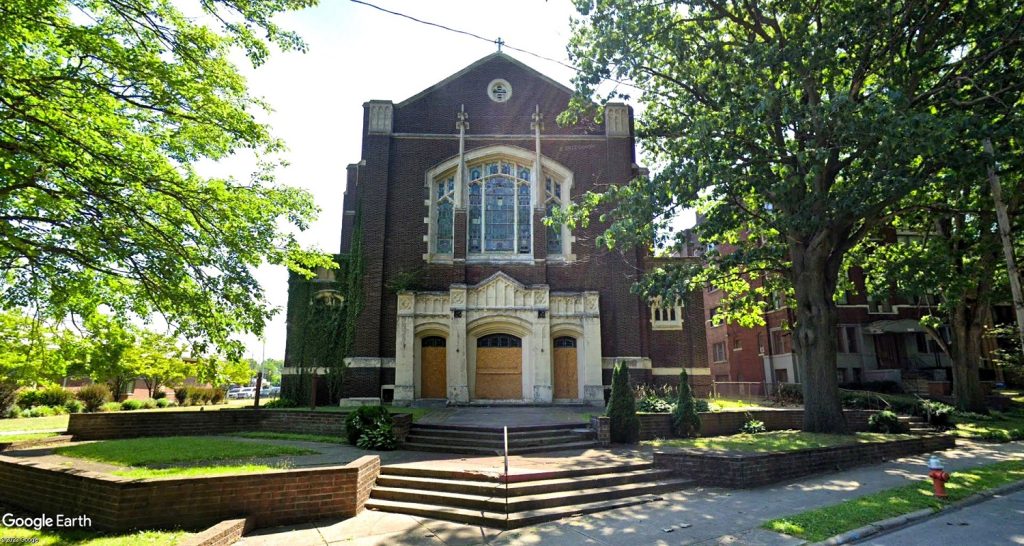
In Cleveland’s Glenville neighborhood, St. Mark Presbyterian Church on East Boulevard, just south of the Langston Hughes Branch of the Cleveland Public Library, will gain new life as a community center. The 111-year-old building that’s been vacant for nearly a decade will be renovated inside and out (Google).
St Mary’s School (Berea)
Total Project Cost: $21,533,142
Total Tax Credit: $2,000,000
Address: 227 Front St., Berea, OH 44017
The St. Mary’s School project in Berea will rehabilitate a historic Catholic school building for housing and construct a new residential building on an adjacent parcel. In addition, a commercial tenant will utilize the event/performance space in the historic school building. Built beginning in 1925 with several subsequent additions, the school is now entirely vacant. One hundred thirteen new market-rate apartments will be added to Berea’s housing inventory.
“Historic preservation is so much more than just updating old buildings. We’re preserving what exists and making concerted efforts to weave this history into the fabric of Ohio’s future,” said Ohio Governor Mike DeWine in the written statement. “By restoring our historical assets, we’re ensuring that these structures remain part of their communities for years to come.”
“Historic preservation is a recognition of our past and an investment in our future,” said Lt. Governor Jon Husted. “Each and every project that’s completed becomes a new business or housing for residents and once again contributes to the local economy and future of the community.”
Among the 16 communities receiving tax credits are Columbus, Somerset, Akron, Berea, Cleveland, East Liverpool, Mansfield, Salem, Steubenville, Youngstown, Toledo, Nelsonville, Zanesville, Arlington Heights, Cincinnati, and Dayton. Of these, Zanesville, Steubenville, and Arlington Heights are first-time recipients.
The awards will assist private developers in rehabilitating historic buildings in downtowns and neighborhoods. Many of the buildings are vacant today and generate little economic activity. Once rehabilitated, they will drive further investment and interest in adjacent property. Developers are only issued the tax credit once project construction is complete and all program requirements are verified.
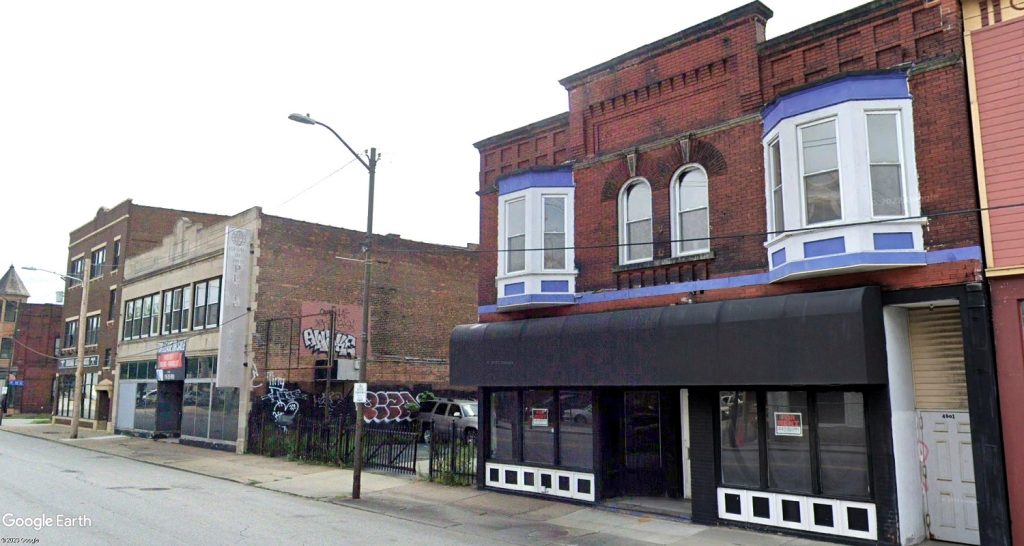
Located in Cleveland’s Detroit-Shoreway neighborhood, the near building, 4601 Lorain Ave., will be renovated to host theatrical performances in a bookstore/café setting. In the building 4517 Lorain, just beyond the parking lot, it will be renovated for commercial tenants in the music and bookselling industries (Google).
“This program is so important because these tax credits are often a deciding factor in determining whether or not a historic preservation project is able to move forward,” said Lydia Mihalik, director of the Department of Development. “We’re proud to be able to help make these projects happen and restore life back into our state’s historical assets.”
The Ohio Historic Preservation Tax Credit program is administered in partnership with the Ohio History Connection’s State Historic Preservation Office. The State Historic Preservation Office determines if a property qualifies as a historic building and that the rehabilitation plans comply with the United States Secretary of the Interior’s Standards for Rehabilitation.
“Historic preservation projects are a boon to Ohio history, Ohio’s environment, and Ohio communities.” said Mariangela Pfister, department head and deputy state historic preservation officer for Technical Preservation Services in the Ohio History Connection’s State Historic Preservation Office. “This allows an iconic building like Carew Tower in Cincinnati, former schools in Arlington Heights and Berea, a former church in Dayton, The Edna, a building significant to the African American community in Columbus, and many others, to have a new life.”
The Ohio Department of Development empowers communities to succeed by investing in Ohio’s people, places, and businesses. To learn more about the department’s work, visit development.ohio.gov.
The Ohio History Connection is a statewide history organization with the mission to spark discovery of Ohio’s stories. As a 501(c)(3) nonprofit organization chartered in 1885, the Ohio History Connection carries out history services for Ohio and its citizens that are focused on preserving and sharing the state’s history. This includes housing the State Historic Preservation Office and the official state archives and managing more than 50 sites and museums across Ohio. For more information, go to ohiohistory.org. The Greater Columbus Arts Council provides support for Ohio History Connection programs.
END

